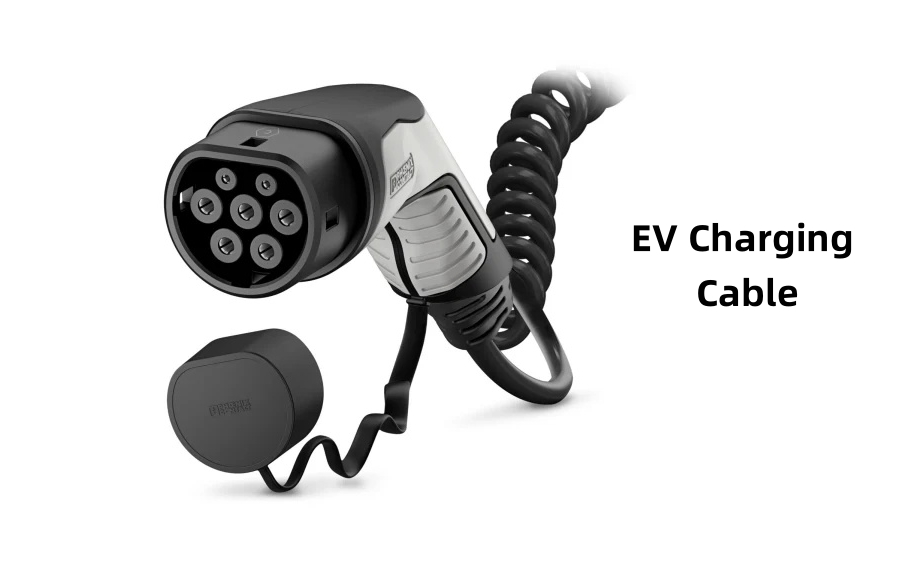Selecting the right EV charging cable doesn’t have to be complicated. To ensure the fastest and safest charging experience, focus on three key factors: charging mode, connector type, and power capacity. Here’s what you need to know.

A dedicated home charger provides faster, safer charging compared to standard wall outlets. Whether you choose a fixed-cable or socket-based charger, you’ll still need a portable cable for charging on the go.
EV charging cables are categorized into Modes 1-4, but Mode 3 is the modern standard for home and public AC charging. Here’s why:
● Mode 1 – Outdated and no longer used.
● Mode 2 – Comes with most EVs for emergency use (standard plug + ICCB box). Not ideal for daily charging.
● Mode 3 – Standard for home and public AC chargers.
● Mode 4 – Used for DC fast chargers (no detachable cables).
The vehicle-side plug is either Type 1 (older Asian models) or Type 2 (current standard in Europe and newer EVs). Ensure your cable matches your car’s inlet.
Your onboard charger’s maximum kW rating determines the charging speed. Choose a cable with equal or higher capacity than your car’s charger.
● Single-phase (1-phase) cables – Common for home charging (e.g., 3.6 kW, 7.4 kW).
● Three-phase (3-phase) cables – Faster charging (11 kW, 22 kW) and backward-compatible with 1-phase chargers.
Cables typically range from 4m to 10m. Longer cables offer flexibility but are heavier and more expensive. For home use, 5m-7m is usually sufficient.
Not all cables are equal. High-quality options offer:
● Cold-weather flexibility – Stays pliable in freezing temperatures.
● Water-resistant design – Prevents corrosion at connectors.
● Ergonomic grips – Easier handling for daily use.
● Recyclable materials – Avoids non-recyclable potting compounds.
● Wall brackets or cable bags keep charging cables organized.
● Lockable storage units prevent theft in public areas.
If you plan to upgrade your EV later, consider a higher-capacity cable (e.g., 22 kW) for compatibility with faster chargers.
By following these guidelines, you’ll ensure faster, safer, and more efficient charging—whether at home or on the road.
Contact Person: Miss. Kiki
| WhatsApp : | +8617763224709 |
|---|---|
| Skype : | +8617763224709 |
| WeChat : | +8617763224709 |
| Email : | kiki@lifepo4-battery.com |